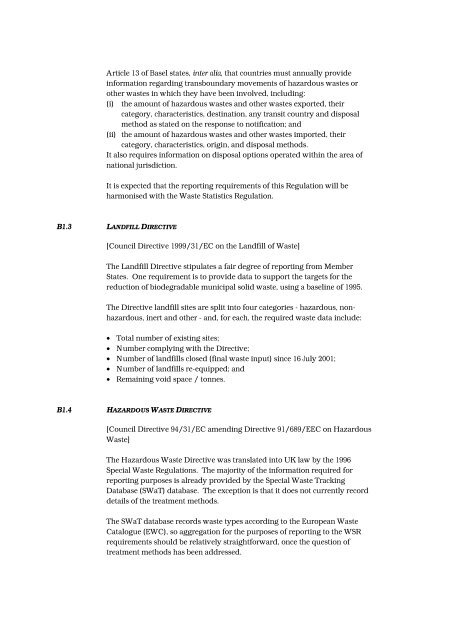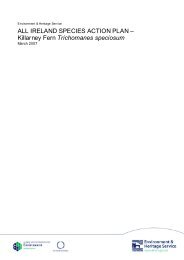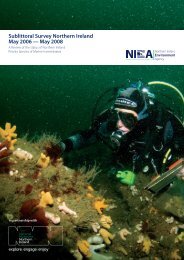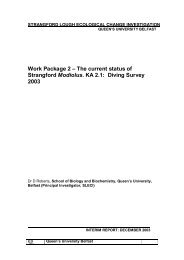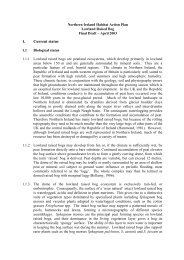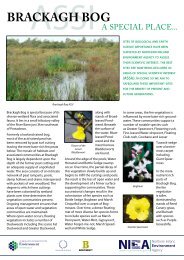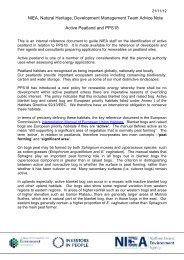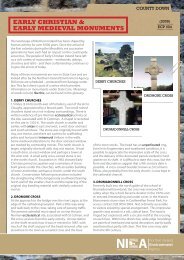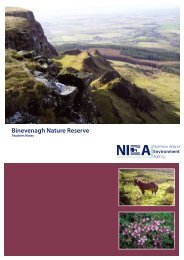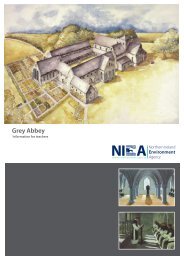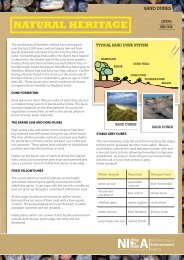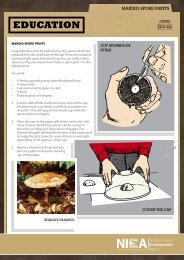Municipal Waste Data Monitoring and Reporting: Interim Guidelines
Municipal Waste Data Monitoring and Reporting: Interim Guidelines
Municipal Waste Data Monitoring and Reporting: Interim Guidelines
Create successful ePaper yourself
Turn your PDF publications into a flip-book with our unique Google optimized e-Paper software.
Article 13 of Basel states, inter alia, that countries must annually provide<br />
information regarding transboundary movements of hazardous wastes or<br />
other wastes in which they have been involved, including:<br />
(i) the amount of hazardous wastes <strong>and</strong> other wastes exported, their<br />
category, characteristics, destination, any transit country <strong>and</strong> disposal<br />
method as stated on the response to notification; <strong>and</strong><br />
(ii) the amount of hazardous wastes <strong>and</strong> other wastes imported, their<br />
category, characteristics, origin, <strong>and</strong> disposal methods.<br />
It also requires information on disposal options operated within the area of<br />
national jurisdiction.<br />
It is expected that the reporting requirements of this Regulation will be<br />
harmonised with the <strong>Waste</strong> Statistics Regulation.<br />
B1.3 LANDFILL DIRECTIVE<br />
[Council Directive 1999/31/EC on the L<strong>and</strong>fill of <strong>Waste</strong>]<br />
The L<strong>and</strong>fill Directive stipulates a fair degree of reporting from Member<br />
States. One requirement is to provide data to support the targets for the<br />
reduction of biodegradable municipal solid waste, using a baseline of 1995.<br />
The Directive l<strong>and</strong>fill sites are split into four categories - hazardous, nonhazardous,<br />
inert <strong>and</strong> other - <strong>and</strong>, for each, the required waste data include:<br />
• Total number of existing sites;<br />
• Number complying with the Directive;<br />
• Number of l<strong>and</strong>fills closed (final waste input) since 16 July 2001;<br />
• Number of l<strong>and</strong>fills re-equipped; <strong>and</strong><br />
• Remaining void space / tonnes.<br />
B1.4 HAZARDOUS WASTE DIRECTIVE<br />
[Council Directive 94/31/EC amending Directive 91/689/EEC on Hazardous<br />
<strong>Waste</strong>]<br />
The Hazardous <strong>Waste</strong> Directive was translated into UK law by the 1996<br />
Special <strong>Waste</strong> Regulations. The majority of the information required for<br />
reporting purposes is already provided by the Special <strong>Waste</strong> Tracking<br />
<strong>Data</strong>base (SWaT) database. The exception is that it does not currently record<br />
details of the treatment methods.<br />
The SWaT database records waste types according to the European <strong>Waste</strong><br />
Catalogue (EWC), so aggregation for the purposes of reporting to the WSR<br />
requirements should be relatively straightforward, once the question of<br />
treatment methods has been addressed.


